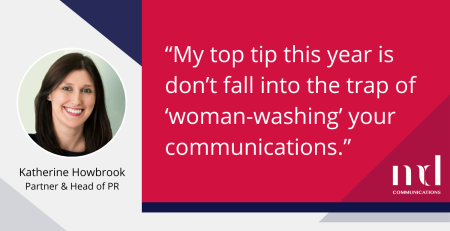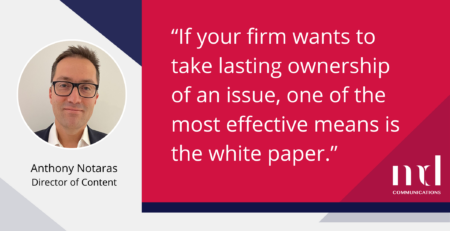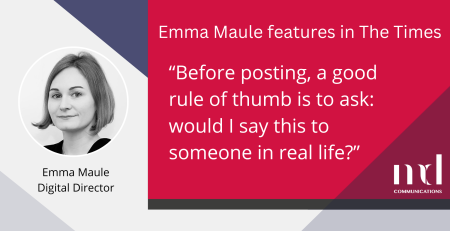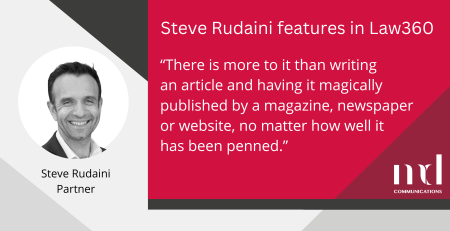My local Oxfam shop, which had always seemed busy, closed down permanently recently. There was no link between this and the allegations of sexual misconduct against senior field workers in Haiti, but as a symbol it’s striking.
The alleged conduct in Haiti was repugnant, but the story as played out in media is a complex one that’s worthy of a more detailed look.
If the starting point is that Oxfam as a charity exists to do good things, how can it react to knowledge that very bad things happened on its watch?
Well, Oxfam has done quite a lot right in its handling of this sorry episode. Here’s how.
No blanket denials: Even if it may have been their first instinct, too much detail was known and established for the charity to say ‘nothing to see here’, or to query the testimony of aid workers and victims who spoke to the media. Denials like that can also make key people culpable who weren’t involved in original decisions – heightening the sense a ‘cover-up’ is underway.
Oxfam seemed to know that damage would be inflicted here – and that it was best to accept it.
Getting to the facts: Oxfam didn’t need to correct its responses as this unfolded. Classically that means that internally, the team dealing with its statements, which would include its senior PR people, had the authority to access information and to demand it quickly.
Showing what was done: There have been staff dismissals, and Oxfam has made promises about the future – it now needs to keep them. This includes a pledge by Oxfam and other agencies to establish a system for sharing information on staff members about whom there were serious concerns.
That’s a detail people will look for in the future.
An alternative story: Timing is everything here. By mid-February, the charity’s chief executive Mark Goldring was talking more confidently, still with the apology coming first, about people “gunning” for Oxfam and the aid budget.
That could never have been his first response. But it’s aimed at getting allies to help limit the damage to the charity’s wider purpose. As a message, it was an important moment – it works against the story getting stuck in its most damaging place.
Many traditional supporters will know that the charity’s fiercest critics were never donors.
Future challenge: Perhaps the biggest challenge for Oxfam is that the story showed the organisation is not the same charity many people imagined. Most people imagine that big operations such as the one in Haiti are made possible by them buying enough Christmas cards, second hand clothes, or fairly traded craft goods.
The revelations that its work is made possible by tens of millions of government grants alters the perception – unfortunately at a time when Oxfam needs public support and income more than ever.
What Oxfam needs now is a narrative to cope with that change. In the long term, a narrative borne from carefully constructed crisis PR could be as important for its future as cleaning up its frontline aid operations.












